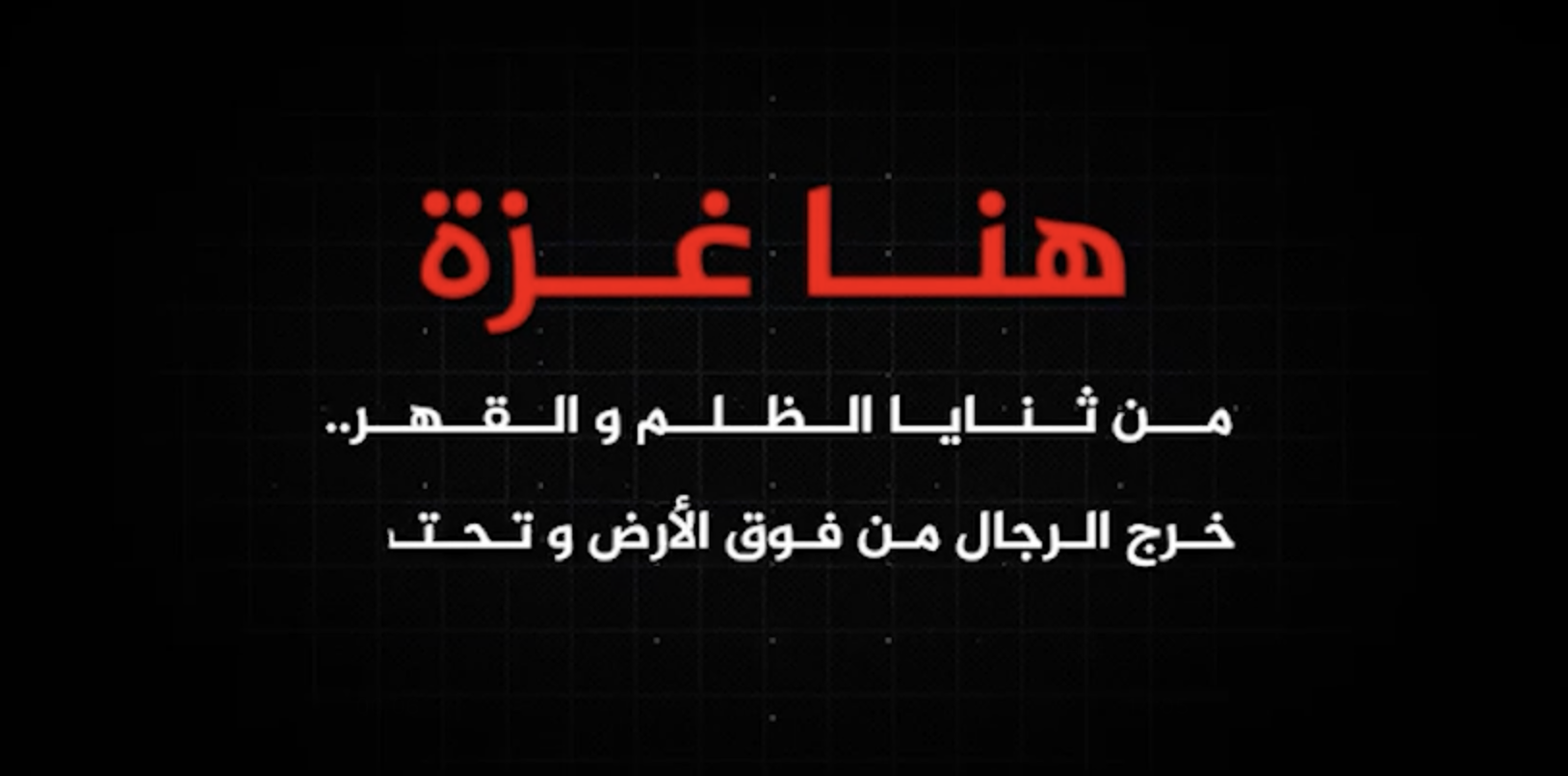Operational Security Blunder: Hamas Highlights Weapons, Tactics in New Propaganda Video
Executive Summary
In a newly released propaganda video titled “The Weapons of Al-Aqsa Flood (2024),” Hamas has showcased the arms and tactics employed by its fighters during the October 7 assault and subsequent battles with Israeli forces. The video—framed as a journalistic field tour—exposes sensitive operational details, including weapons systems, manufacturing capabilities, and strategic maneuvers. The release, likely intended to boost morale and propaganda value, may inadvertently provide Israeli and allied intelligence with exploitable insights into the group’s capabilities and vulnerabilities.
Analysis
The Al-Qassam Brigades’ release of The Weapons of Al-Aqsa Flood marks a significant operational security misstep by Hamas at a time of high-stakes negotiations with the United States. Narrated by journalist Tamer Lubbad, the video provides a detailed catalog of weaponry used by Palestinian militants during the October 2023 assault and subsequent fighting. This includes homemade rocket systems, drone designs, tunnel warfare methods, and guerrilla-style ambush tactics.
While the content is undoubtedly intended to galvanize support and cement Hamas’ narrative of resilience, it also exposes intricate details that could aid Israeli and U.S. analysts in developing more effective countermeasures. It reflects the dual-edged nature of modern propaganda, where showcasing defiance also risks strategic exposure.
The video comes as the U.S. and Hamas reportedly engage in advanced talks aimed at securing a ceasefire and easing the humanitarian crisis in Gaza. According to sources cited by Al Bawaba and Reuters, these talks—facilitated by Qatar, Egypt, and Oman—may include a prisoner exchange and temporary pause in fighting. U.S. Special Envoy Steven Weitekamp is spearheading the negotiations and has expressed cautious optimism for a breakthrough before President Donald Trump’s mid-May regional visit.
Meanwhile, Israel is weighing whether to expand its military campaign or opt for a deal. Prime Minister Benjamin Netanyahu has convened his security cabinet to consider both tracks. At the same time, the humanitarian crisis in Gaza deepens: Israeli airstrikes over the past 24 hours killed 23 Palestinians, including a family of five. The destruction of UNRWA warehouses and growing pressure over aid blockades are fueling global condemnation.
Amid the violence, Hamas released another hostage video, showing two Israeli captives taken during the 2023 music festival massacre. Their appearance—likely under duress—has reignited public protests in Tel Aviv, with families demanding a ceasefire to secure their loved ones’ release.
Despite reports of progress, Washington’s frustration with Israel is growing. President Trump has reportedly cut direct communication with Netanyahu over suspicions of domestic political manipulation, and Weitekamp has warned that continued military escalation risks further isolating Israel diplomatically and endangering hostages.
The release of the Al-Aqsa Flood weapons documentary may thus signal internal contradictions within Hamas’ strategic communications: seeking legitimacy through diplomacy while simultaneously flaunting militant capability. Whether this dual-track approach bolsters or undermines Hamas’ standing in the talks remains to be seen.


